Superficially, the Olafur Eliasson exhibition at Tate Modern can seem like a theme park. To enter many of the exhibits, you have to queue. The average age of the crowds in the galleries is much lower than it might be at, say, the RA. And most visitors keep their phones permanently ready to snap a selfie — which isn’t really what the artist has in mind. He wants you to concentrate on a reaction that is internal and unphotographable.
Eliasson — as the title of the show, In real life, might suggest — offers sensory experiences. One of the most memorable of these is produced by ‘Din blinde passager’ (‘Your blind passenger’, 2010), a 39-foot passage filled with mist and coloured light into which you are ushered with a gaggle of other intrepid art-lovers. Inside, it is at once disorienting and enveloping: like walking into a Rothko.
That’s the kind of frisson that makes it worth putting up with the queues, and makes Eliasson one of the most exciting artists alive. He deals with a question that has preoccupied painters from Giotto to David Hockney: how we perceive the world around us. But usually, instead of making paintings or photographs — though there are a few of those — he offers vivid sensations in real time and space, conjured out of light, air, water and a few bits of simple hardware.
The piece which made his name, ‘The Weather Project’ — presented, also at Tate Modern, in 2003 — consisted in physical terms, as he has pointed out, of just ‘plastic foil and yellow lamps’. But those humble accessories transformed the vast space of the Turbine Hall into a sort of walk-in Turner sunset.
Eliasson, who has a dual Danish-Icelandic background, is concerned by climate change and the melting glaciers of the far north. Sometimes, as in his preoccupation with the refugee crisis, he can seem naively idealistic in the Scandinavian manner. But he also offers the kind of spectacle you find in Romantic painting — confronting you personally, in three dimensions.
Like Turner or the German master Caspar David Friedrich, Eliasson is interested in what used to be called ‘the sublime’. But he is also keen to eliminate all the spirit-ual overtones this term used to convey. Two works entitled ‘Colour experiment’ (2019) both consist of large discs like outsized DVDs, on which there is a grey-green-blue swirl. Each, it turns out, shows the colours that make up a particular painting by Fried-rich, but abstracted and distilled as if in a chemical experiment.
An early piece, ‘Beauty’ (1993), consists of a haze of moisture sprayed from nozzles in the ceiling, and illustrated by angled lights. The result is a curtain of mist in which rainbows and fragments of colours appear. You can stand under it, if you don’t mind getting a little wet, and look at it from different angles.
Outside the back of the gallery there is a 36-foot Eliasson-designed waterfall. But he makes no bones about the scaffolding and pipes that enable it to sprout. He is a magician who goes out of his way to show the audience how the trick is done.
That’s because he wants us to grasp how much we — the audience — always contribute to a work of art: responding, reacting and so completing it. Eliasson rubs this point in by prefacing many of his titles with the word ‘your’. He sets up the conditions — fills a corridor with light and fog, for instance — but what you make of it is up to you.
Everyone’s response will be slightly different; mine tends to be art historical. Quite close to the entrance of the exhibition, just past an enormous wall entirely covered in pallid moss, there is a reflective convex hemisphere protruding from the wall. From a short distance away it looked like a cloudy version of the mirror in the National Gallery’s ‘Arnolfini Portrait’.
I peered into this misty globe from very close, and saw a dim, and mysterious knot of figures. Then I went round the corner into the next gallery, where the other half of the sphere was mounted in a corridor. Looking into this, I could observe a brightly illuminated world, upside down and full of other visitors, who would periodically venture very close and peer into the lens like fish in an aquarium. On one side you see in a glass, darkly: on the other, it’s clear as day, though still distorted.
Not everyone encountering this might think of Jan van Eyck — or even of St Paul. But I did. It made me ponder how much of art is about how we perceive. That’s why Van Eyck was interested in mirrors — and Eliasson is too. His art is both futuristic and completely traditional. That’s probably why I love it.
Got something to add? Join the discussion and comment below.
Get 10 issues for just $10
Subscribe to The Spectator Australia today for the next 10 magazine issues, plus full online access, for just $10.
You might disagree with half of it, but you’ll enjoy reading all of it. Try your first month for free, then just $2 a week for the remainder of your first year.

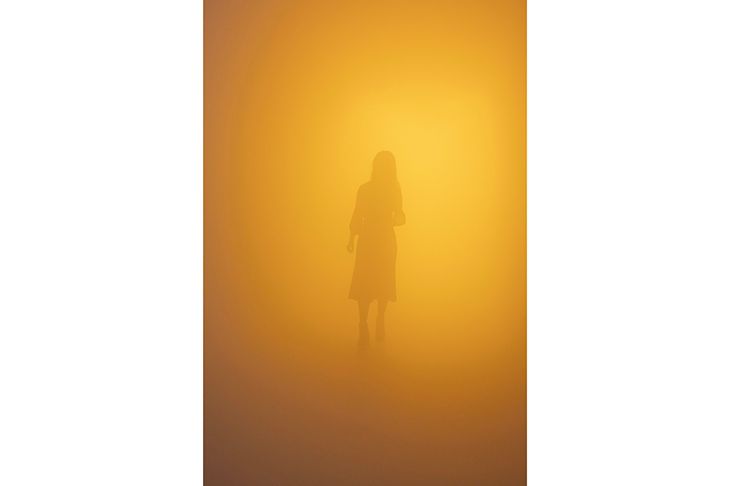
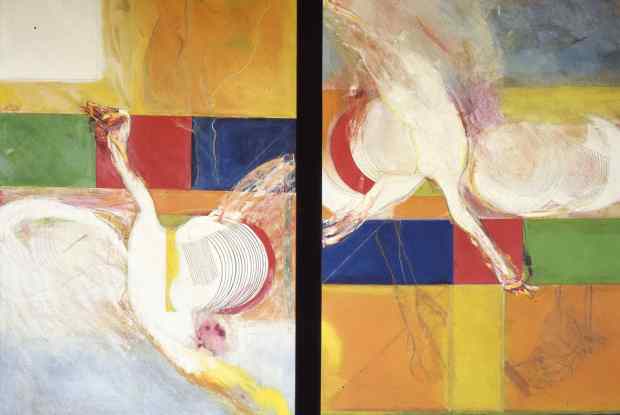
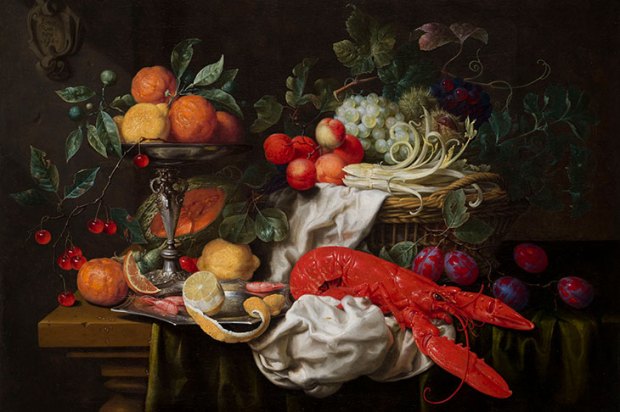
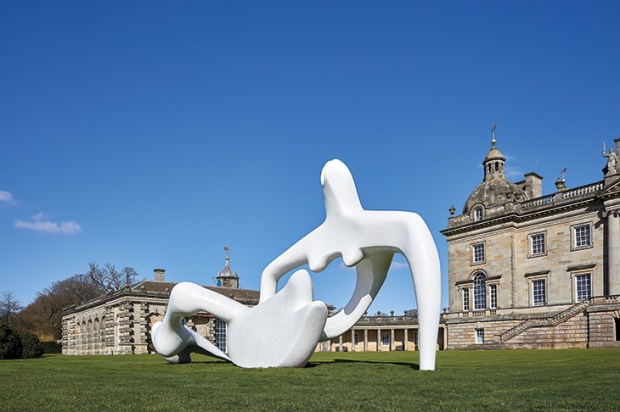
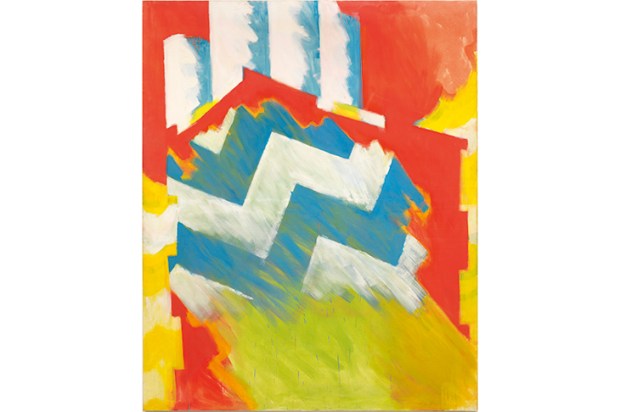
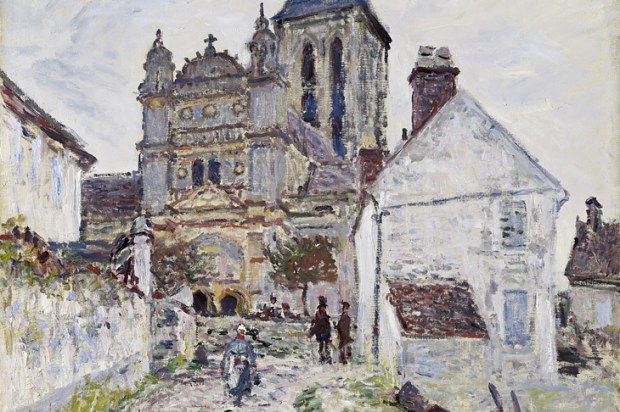
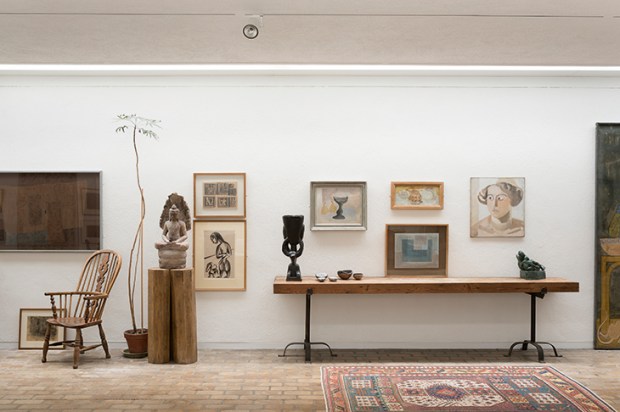






Comments
Don't miss out
Join the conversation with other Spectator Australia readers. Subscribe to leave a comment.
SUBSCRIBEAlready a subscriber? Log in